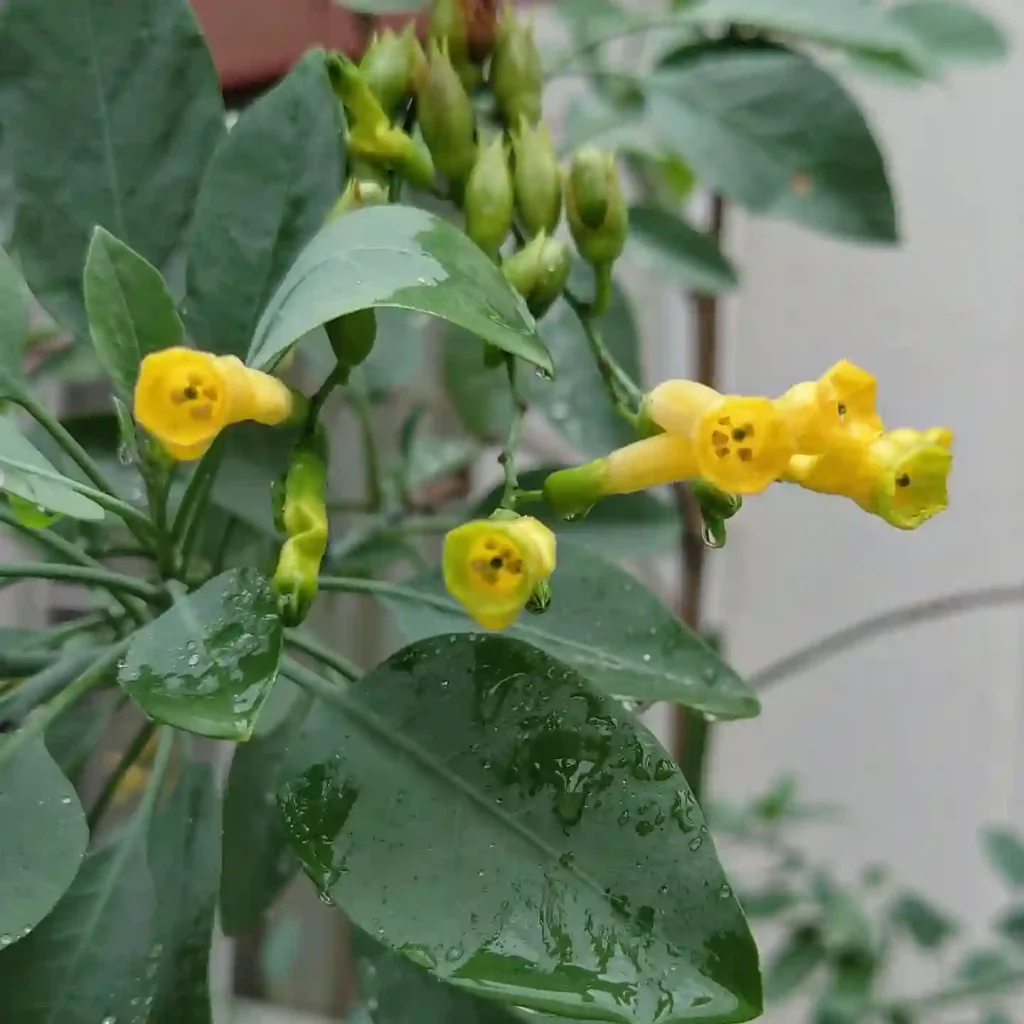FAQs About Mentzelia Decapetala: Everything You Need to Know
Mentzelia Decapetala, commonly known as Five-Petaled Mentzelia, is a stunning plant that I’ve grown quite fond of. This perennial is known for its unique flowers and hardy nature. If you’re considering adding this plant to your garden or just want to learn more about it, here are some frequently asked questions that cover various aspects of Mentzelia Decapetala.
What Is Mentzelia Decapetala?
Mentzelia Decapetala is a perennial flowering plant native to North America. It’s part of the Loasaceae family and is known for its striking five-petaled flowers. The plant typically grows up to 1-3 feet tall and spreads about 1-2 feet wide. Its flowers, which bloom in late spring to summer, have a bright yellow color with an intricate, star-like shape that adds a touch of elegance to any garden.
Plant Family: 21 Genera in Loasaceae
How to Care for Mentzelia Decapetala?
Caring for Mentzelia Decapetala is relatively straightforward, making it a great choice for both novice and experienced gardeners.
- Sunlight: This plant thrives in full sun. Aim to provide it with at least 6-8 hours of direct sunlight each day. The more sun it gets, the more vigorous it will grow.
- Soil: Mentzelia Decapetala prefers well-draining soil. Sandy or loamy soil with good drainage is ideal. Avoid heavy clay soils as they can lead to root rot.
- Watering: Water the plant regularly, but be careful not to overwater. Allow the soil to dry out between watering sessions. Overwatering can lead to root problems.
- Fertilization: Feed the plant with a balanced fertilizer once a month during the growing season. This helps to promote healthy growth and vibrant blooms.
- Pruning: Deadhead the spent flowers to encourage more blooms and prevent the plant from becoming too leggy.
How to Propagate Mentzelia Decapetala?
Propagating Mentzelia Decapetala is fairly simple and can be done through seeds or cuttings:
- Seeds: Start seeds indoors 6-8 weeks before the last frost date. Sow seeds in a seed-starting mix and keep them warm. Transplant the seedlings outside once the danger of frost has passed.
- Cuttings: Take semi-hardwood cuttings in late summer or early fall. Dip the cut ends in rooting hormone, plant them in a well-draining mix, and keep them moist until roots develop.
What to Plant With Mentzelia Decapetala?
Mentzelia Decapetala pairs beautifully with a variety of plants. Some great companions include:
- Lavender: The purple flowers and fragrant foliage complement the bright yellow blooms of Mentzelia Decapetala.
- Echinacea: The cone-shaped flowers of Echinacea create a striking contrast with the star-shaped flowers of Mentzelia Decapetala.
- Salvia: The vibrant colors of Salvia can enhance the visual appeal of your garden when paired with Mentzelia Decapetala.
Is Mentzelia Decapetala Toxic?
No, Mentzelia Decapetala is not considered toxic to humans or animals. This makes it a safe choice for gardens where pets and children play.
Benefits and Common Problems
Mentzelia Decapetala offers several benefits:
- Attracts Pollinators: The bright flowers attract bees, butterflies, and other pollinators, which can help improve the health of your garden.
- Low Maintenance: This plant is relatively low maintenance, making it an excellent choice for busy gardeners.
However, there are a few common issues to be aware of:
- Pests: Watch for aphids and spider mites, which can occasionally infest Mentzelia Decapetala. Regularly inspect your plant and use insecticidal soap if necessary.
- Diseases: Root rot can occur if the plant is overwatered or if the soil does not drain well. Ensure proper drainage and avoid overwatering to prevent this problem.
Compare with Similar Plants
Mentzelia Decapetala is often compared with Mentzelia Lindleyi and Mentzelia involucrata. Here’s how they differ:
- Mentzelia Lindleyi: This plant has more orange-yellow flowers compared to the bright yellow of Mentzelia Decapetala. It is also generally shorter in height.
- Mentzelia Involucrata: Known for its larger flowers and bushier growth habit, it contrasts with the more upright and smaller-flowered Mentzelia Decapetala.
Conclusion
Mentzelia Decapetala is a delightful addition to any garden, with its bright flowers and easy care requirements. Whether you’re looking to attract pollinators or simply want a vibrant, low-maintenance plant, this perennial fits the bill. By following the care tips and understanding its characteristics, you can enjoy the beauty of Mentzelia Decapetala for years to come.
4o mini
If i die, water my plants!



